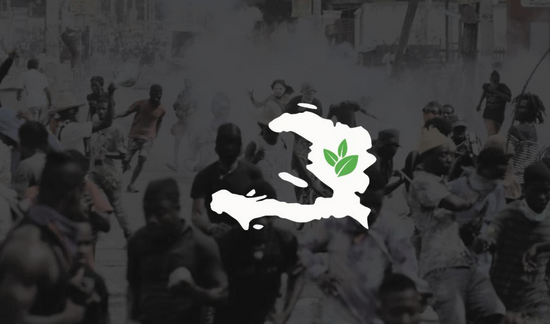his is the second installment of a two-part article. Click here to read part one.
The gangs running rampant in Haiti have created a blockade that is starving the country. Due to their targeting of the main ports, no ships have been able to dock for more than a month. This spells disaster for a nation that imports around 60% of all food and more than 80% of rice, its most important staple. Adding to the problem is that much of the food already in the country is subject to looting or is unable to be delivered as gang violence and massive protests paralyze the nation.
|
|
|
|
|

